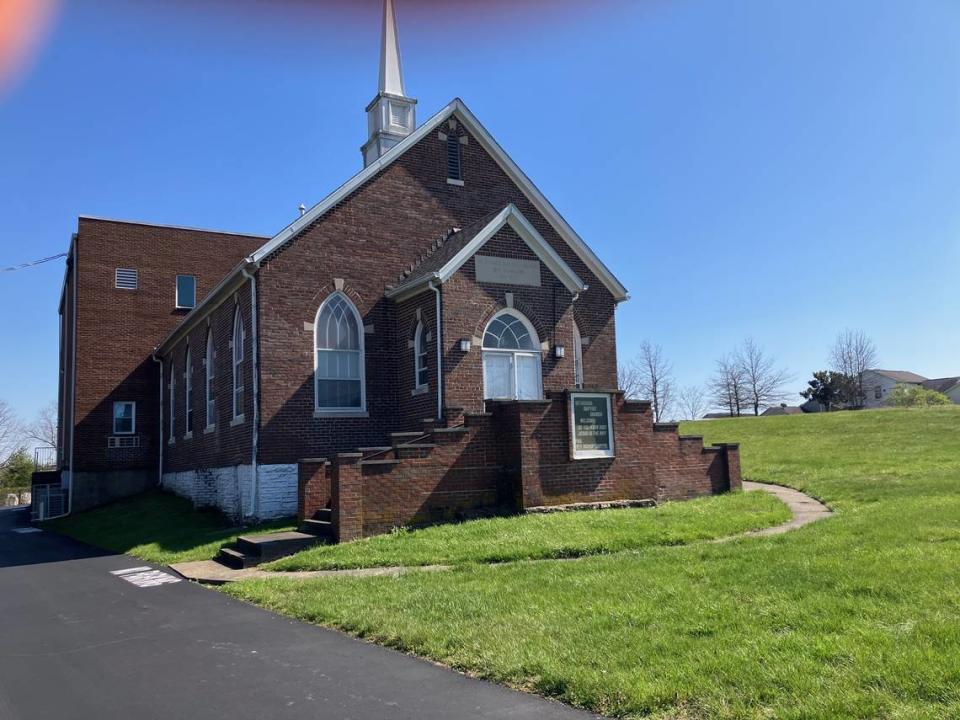Lexington’s Black rural hamlets are fading away. How city is trying to preserve history
- Oops!Something went wrong.Please try again later.
The wooden, one-story building tucked into a once-rural neighborhood off of Old Todds Road sits behind the former Cadentown Baptist Church.
It’s easy to drive by it on Caden Lane and not realize it’s there — or its historical significance.
For many, the one-room Julius Rosenwald and Booker T. Washington-constructed Black school on Caden Lane means a great deal.
It’s the only remaining Rosenwald school, one of thousands built to educate Black students prior to desegregation in the South, left in Fayette County.
Constructed in 1923 during a time when Fayette County’s Black residents couldn’t attend white schools, it ceased being a school in 1943, according to records.
The exterior paint is peeling. The one-room school with lots of natural light has been partially restored.
“It has so much potential,” said Kathy Plomin, a Lexington-Fayette Urban County Councilwoman who is leading the charge to raise money and further preserve the Rosenwald school.
The effort at the Rosenwald school is part of a much larger drive, spearheaded by Plomin, the city and other community remembers, to highlight and remember Fayette County’s Black rural hamlets.
In coming months, the group hopes to raise money to turn the Rosenwald school into a type of museum, highlighting not only the separate Black school system in Kentucky but Black rural settlements in Fayette County.
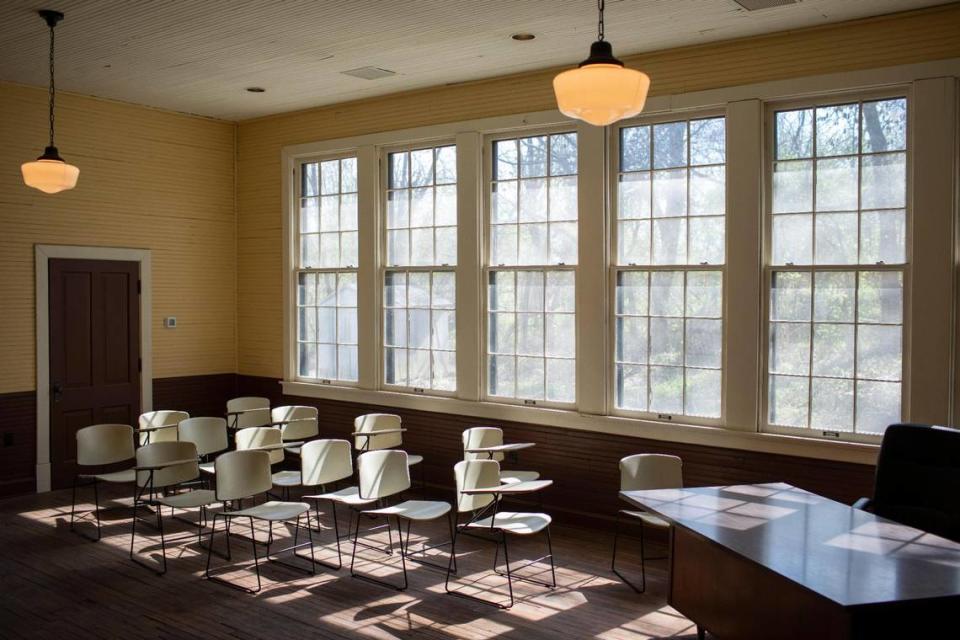
Most Black hamlets are no longer there
Cadentown is one of nearly two dozen Black hamlets.
Started in 1867 when Owen Caden purchased 43 acres in the Old Todds and Liberty road area, Cadentown was subdivided and sold to former slaves and their descendants during the reconstruction period after the Civil War.
Between 1826 and 1924, at least 20 largely Black rural hamlets were created. They were near where many rural Black residents worked, and almost all were in what was then rural Fayette County.
Many had grocery stores, churches and cemeteries.
Cadentown had two churches and a lodge for community gatherings.
“Most of them are gone or they have been swallowed up by development,” said Rev. Leon Slatter of Cadentown Baptist Church, who also serves on the rural Black hamlets steering committee.
Takes Jonestown for example.
Jonestown was started in 1893 and included 46 acres in land that is now off Tates Creek Road near Armstrong Mill Road, across from the Lexington Public Library. As the city of Lexington grew, that land was added to the city’s urban service boundary. In the 1980s, the area was rezoned for homes and apartments, according to city records and research conducted by Krista Schneider.
All the original buildings were torn down. It now looks like any suburban neighborhood.
The only clue the settlement was once there is a street sign: “Jonestown Lane.”
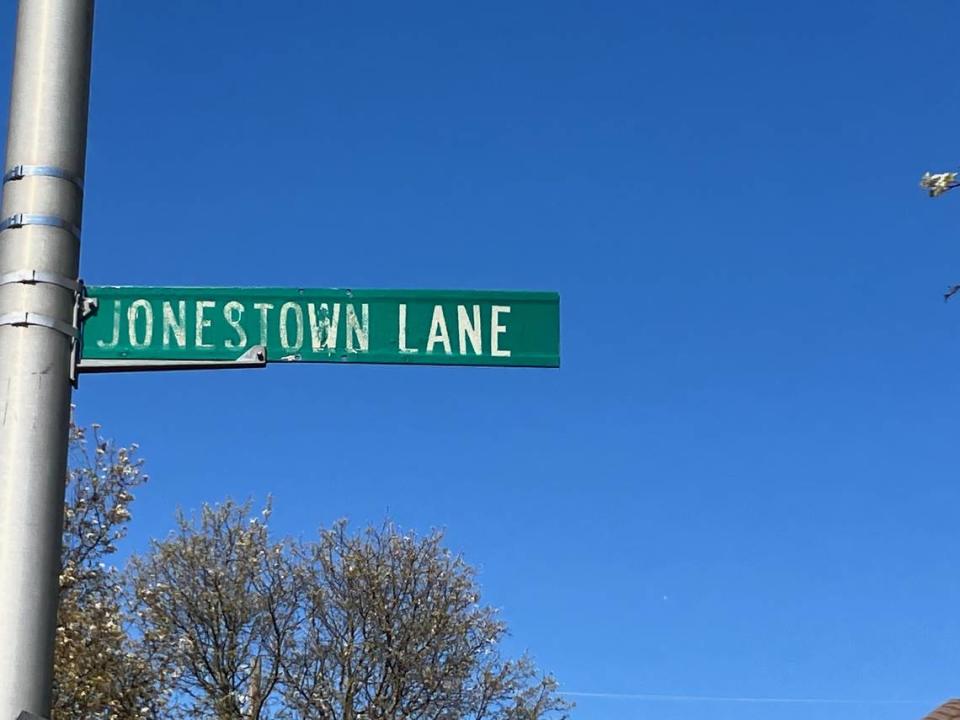
Clarissa Thomas, director of education and outreach for the Lexington Public Library and member of the steering committee, said many people think the land was donated to Black residents. It wasn’t.
“The formerly enslaved bought the land,” Thomas said. “It was purchased.”
Some of the rural Black settlements include:
Athens
Avon
Bracktown
Coletown
Fort Springs
Jimtown
Uttingertown/Columbus
Little Georgetown
Maddoxtown
Pricetown
Centerville
Jonestown
Willa Lane
Muir Station
Warrentown
Mitchelltown
South Elkhorn
Plomin said they are still working to find out more about those rural Black settlements, but record-keeping during that time period was spotty or non-existent.
Many Black Fayette County residents may not live there now but many can trace their roots to those settlements, Slatter said.
The group hopes that people who once lived in those settlements, or had family members who did, will be able to provide more information, photos and other memorabilia that could be placed in the Rosenwald school in Cadentown.
“This could become a receptacle for artifacts, photos, stories. We could have receptions,” Plomin said. “This is a community project that’s long overdue.”
Rosenwald schools
At least five of the Fayette County rural Black settlements had Rosenwald schools, according to research conducted by the steering group looking at commemorating Fayette County’s Black rural settlements.
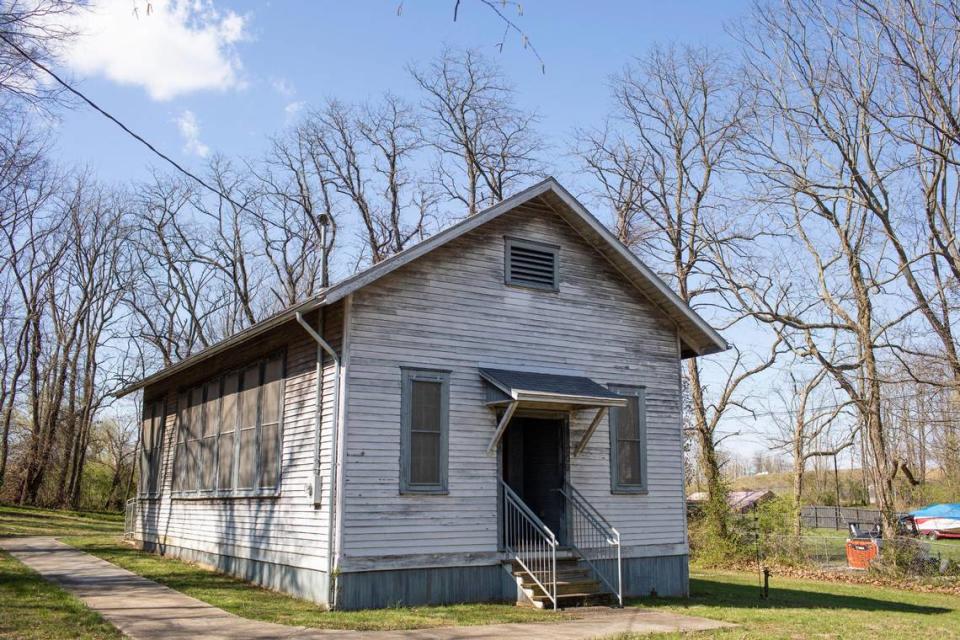
Between 1917 and 1943, Julius Rosenwald, a philanthropist and retail giant, helped build 158 Black schools and other buildings in Kentucky prior to the 1954 Brown vs . Board of Education, which desegregated schools, according to 1997 research conducted by the Kentucky Heritage Council and the Kentucky African-American Commission.
Rosenwald, one-time president of Sears & Roebuck, met Booker T. Washington, a Black educator who pushed for the education of Black students during the Jim Crow era.
Rosenwald, and other early 20th century philanthropists, set aside money to help build Black schools when local and state authorities refused or claimed there was no money to build them.
In total, the Rosenwald and Washington school construction program helped fund 5,357 schools and other education buildings across 15 states in the south, according to the 1997 Kentucky Heritage Council report on Rosenwald schools.
The school buildings weren’t free.
According to the 1997 survey of Kentucky Rosenwald schools, Cadentown cost $3,300 to build. Rosenwald paid $500 and provided the designs for the building. The Black community raised $300. The white community, which raised funds for other Black schools in Kentucky, raised no money for the building. The public school system paid $2,500.
Many people are ignorant of Rosenwald and Washington’s efforts to provide places for Black education during segregation, Plomin said.
“I run into so many people who have never heard of a Rosenwald school,” she said.
That’s one of the reasons that saving the Rosenwald school is so important.
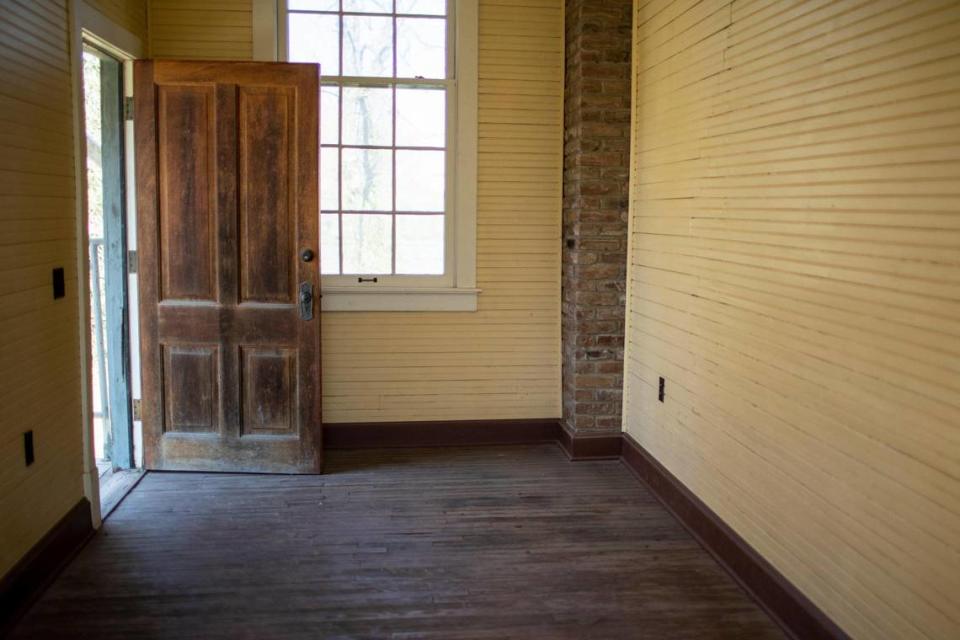
The school was owned by the Cadentown Baptist Church until 1978, when it was sold, Slatter said. The church moved to a different location in Cadentown. It needed the money from the sale of the property to help build the new church on Cadentown Road.
Private owners owned the building and the former Cadentown Baptist Church for decades. The Cadentown Neighborhood Association stepped in to try to save the former church and the school during the late 1990s, thanks to the efforts of Alvin Seals, a longtime Cadentown resident who is also on the Black hamlets steering committee. Originally, the neighborhood wanted to get grants and other money to rehabilitate and save the school.
But there wasn’t enough money, Slatter said.
Meanwhile, the building continued to deteriorate.
In 2002, the National Trust for Historic Preservation listed the school as one of 11 most endangered buildings in the country.
In 2005, the city took over the school and the church. It is overseen by the city’s parks and recreation department. The city spent around $200,000 in federal and local funds to preserve the building.
In 2006, the school was listed on the National Registry of Historic Places.
It’s not known how many Rosenwald schools are left in Kentucky.
There were 41 Rosenwald schools still standing 15 years ago, according to 2007 re-survey of Rosenwald schools conducted for the Kentucky African American Heritage Commission and the Heritage Council.
How much will it cost?
How much money is needed to restore the Cadentown Rosenwald school is still being worked out.
Plomin said that announcement will come closer to the Juneteenth celebration, June 19, which will be the official kick-off for the fundraising effort. That event will be held in conjunction with the city’s Racial Justice and Equality Commission.
Plomin said there is some city funding available through the city’s surplus funds for capital projects in council districts.
Plomin has a track record of raising money outside of city government for projects. She and former Councilwoman Jennifer Mossotti spear-headed efforts to raise money for a statue honoring suffragists in downtown Lexington in 2020. It’s the first statue to honor women in downtown Lexington. Plomin, who is in her fourth term on council, was president of the United Way of the Bluegrass prior to being elected to council.
In addition to the school, the group would like to put bathrooms at the back of the former church, which was turned into a residence, but it is now vacant. Behind the school is a former cemetery that also needs to be refurbished, Slatter said.
Only two gravestone markers are visible.
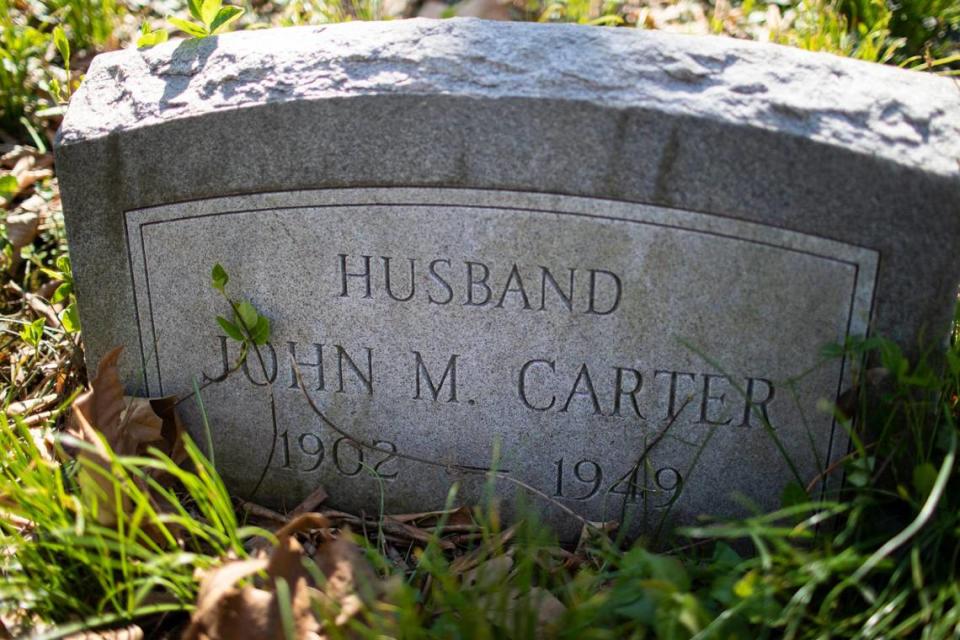
“Many of them have fallen down,” Slatter said of the gravestones.
Slatter said they think there are more than 100 people buried in the former cemetery. There are currently efforts to find out who is buried there.
Plomin said the city is looking for former residents or family members who once lived in Fayette County’s Black hamlets to contact the group. Photographs and other memorabilia are welcomed. People can contact the group at lexingtonhameltsproject@gmail.com or can visit the group’s website for updates and to find out more at www.lexingtonhamlets.org.
